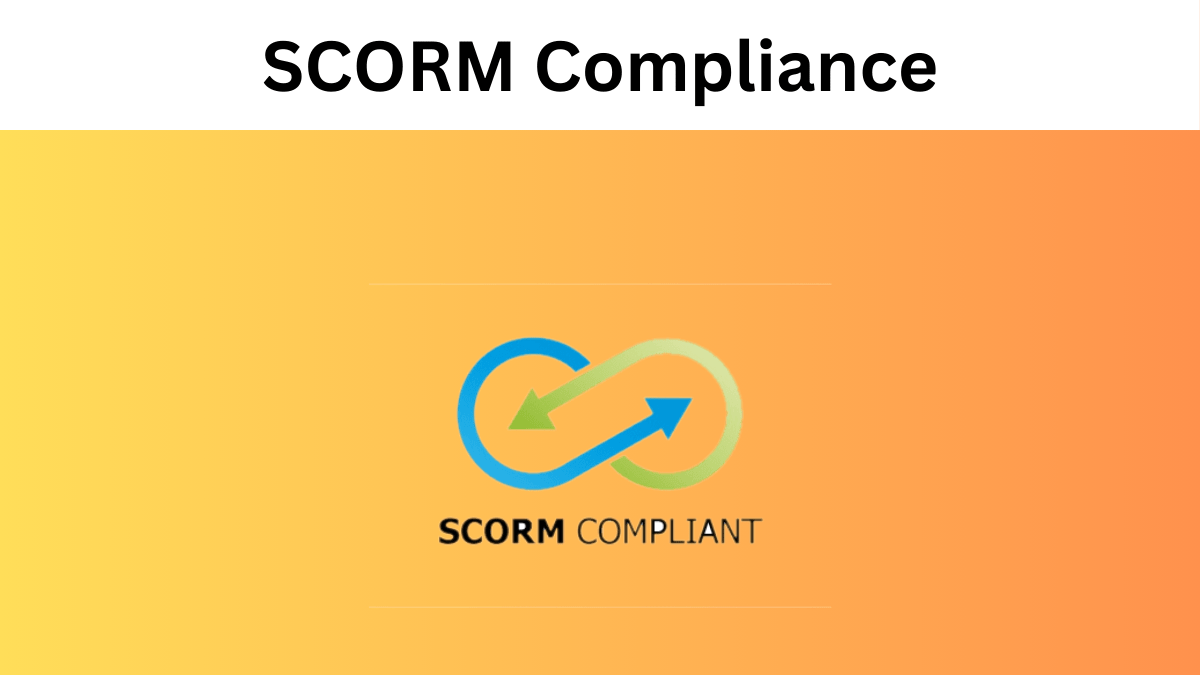Unlocking Potential: The Impact of SCORM Compliance on Employee Training
Employee training is essential for the success of any organization. It is crucial to have an approach to ensure consistency, scalability, and effectiveness in training programs. This is where SCORM compliance comes into play. SCORM, or Sharable Content Object Reference Model, comprises standards that enable compatibility and interoperability between e-learning content and learning management systems (LMS). In this article, we will explore how SCORM compliance impacts employee training. Armed with this information, you can choose the best SCORM-complaint LMS to train your employees.
Contents
1. The Importance of SCORM Compliance
SCORM compliance allows organizations to create training courses using authoring tools that follow established industry standards. By doing so, they can easily deploy the content across LMS platforms without facing compatibility issues. Adopting SCORM-compliant e-learning solutions eliminates the need for custom integration between content creation tools and LMSs, saving time and resources. Thus, explore SCORM-compliant solutions effectively to get the best outcomes.
2. Effortless Integration with Learning Management Systems
SCORM compliance enables integration of e-learning content with existing LMSs or choosing from a wide range of SCORM-compliant LMS platforms available today. This integration facilitates tracking, management, and reporting of employee training progress. Trainers can assign courses to learners, monitor their progress, and generate reports for evaluation purposes.
3. Consistency in Training Delivery
One of the benefits of adhering to SCORM standards is that it ensures the delivery of training materials across devices and platforms. With SCORM e-learning content, employees can access their training modules on desktop computers, laptops, tablets, or even mobile phones without encountering any functionality or formatting issues. This flexibility allows employees to conveniently fit their training sessions into their schedules while guaranteeing a learning experience.
4. Improved Interactive Learning Experience
Compliant e-learning content enhances learning experiences by incorporating features like quizzes, assessments, simulations, and multimedia elements such as videos, audio files, and branching scenarios. These interactive elements make the training more engaging and immersive, leading to the retention of knowledge among learners. By providing an interactive environment, compliant content encourages active participation and promotes a deeper understanding of the subject matter.
5. Real-time Progress Tracking
Following SCORM compliance enables real-time tracking of learner progress. Trainers have the ability to monitor learners’ performance levels, identify any gaps in knowledge they may have encountered during the course material study phase, and provide intervention or additional resources to support their learning journey.
Learners also have the option to monitor their progress, review completed modules, and revisit sections if needed. The real-time progress tracking capability enables organizations to assess the effectiveness of their training programs accurately.
6. Scalability and Future Proofing
Being SCORM compliant ensures that e-learning content remains adaptable to advancements and changes in instructional design principles. Utilizing a SCORM course builder allows for the creation of adaptable and engaging learning materials that meet these compliance standards. It offers seamless integration with various learning management systems and ensures a future-proof educational strategy. Organizations can easily update their existing content or develop new modules as technology evolves without disrupting the user experience or interactive features.
Read More: Best Fake ID Websites 2024 Updated
7. Simplified Content Management
The SCORM model offers a structure for organizing e-learning content through pieces known as “Sharable Content Objects” (SCOs). These SCOs can be reused across courses and shared with other organizations while preserving their tracking properties and functionality. This modular approach simplifies content management, reduces redundancy, and streamlines course creation within the organization.
Conclusion
By incorporating SCORM compliance into employee training initiatives, organizations gain benefits such as efficiency, consistency, and scalability in their learning programs. Through the adoption of SCORM e-learning solutions that seamlessly integrate with LMS platforms, organizations ensure compatibility across devices while providing employees with an enhanced learning experience.
Real-time tracking of progress provides trainers with insights into the performance of learners, enabling them to offer support whenever necessary. Moreover, embracing SCORM compliance ensures that training programs adapt seamlessly to evolving technologies, thus safeguarding their effectiveness in an evolving environment.
In today’s changing business landscape, adhering to SCORM standards offers organizations a framework to unleash the full potential of their workforce through efficient and impactful training initiatives.
